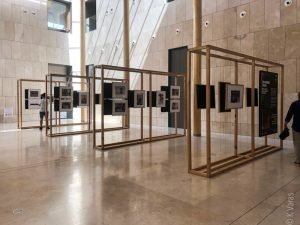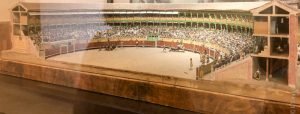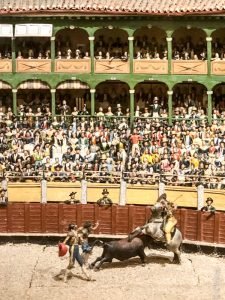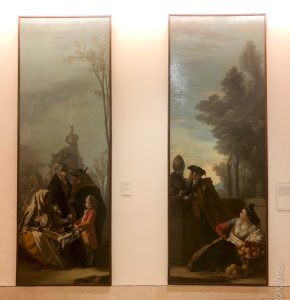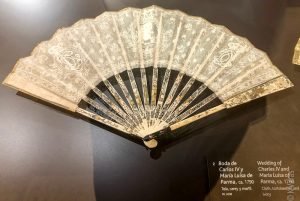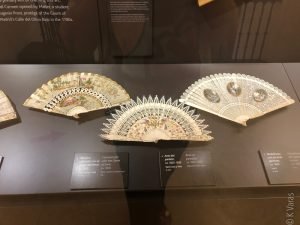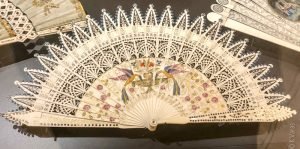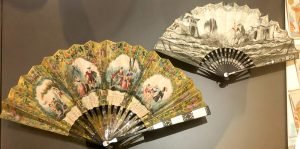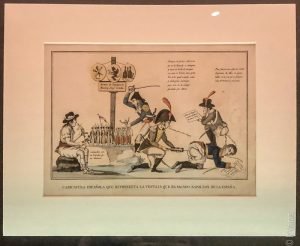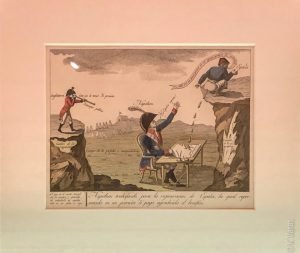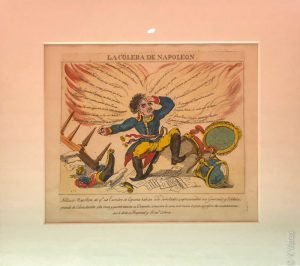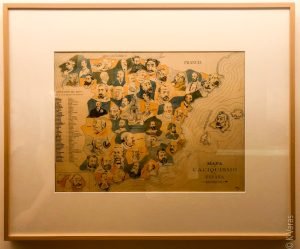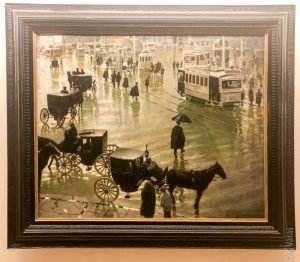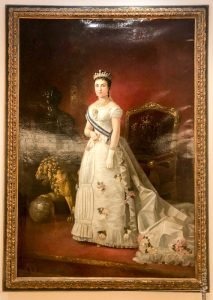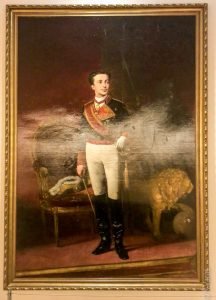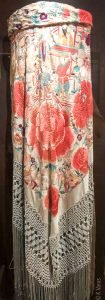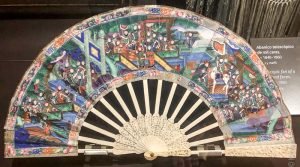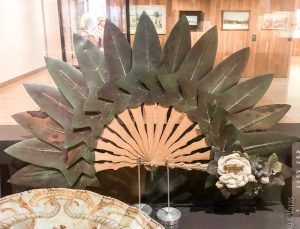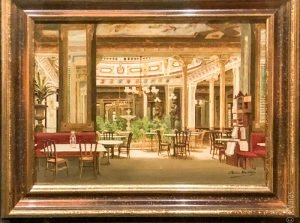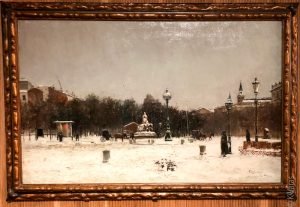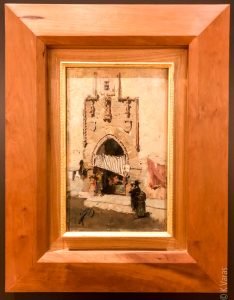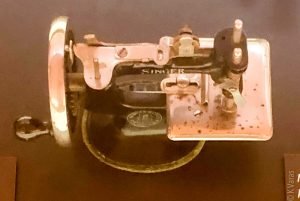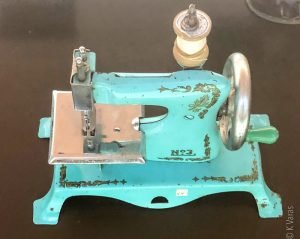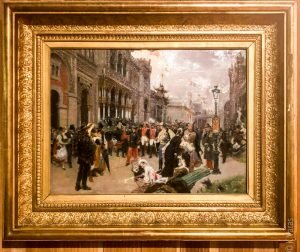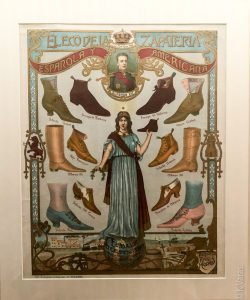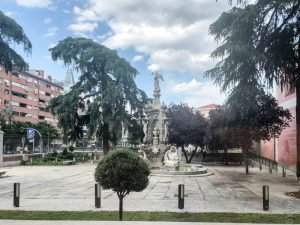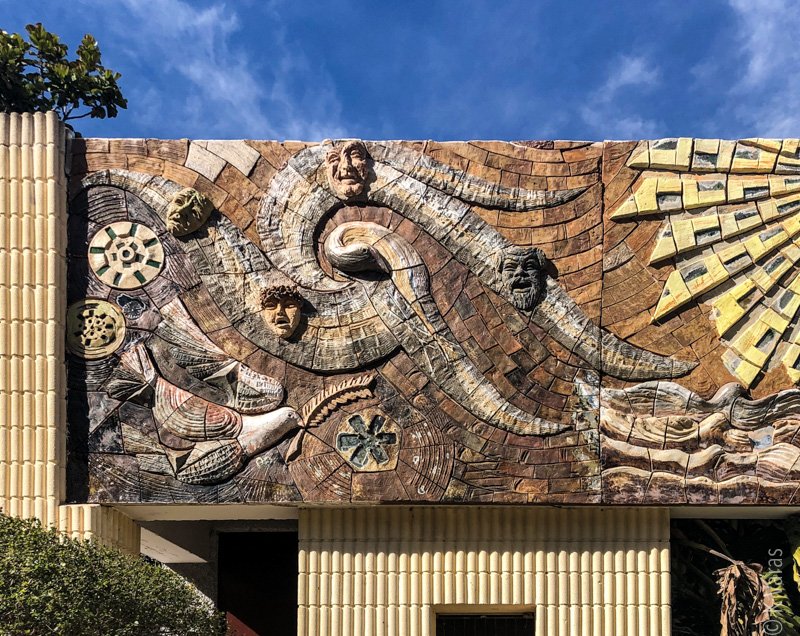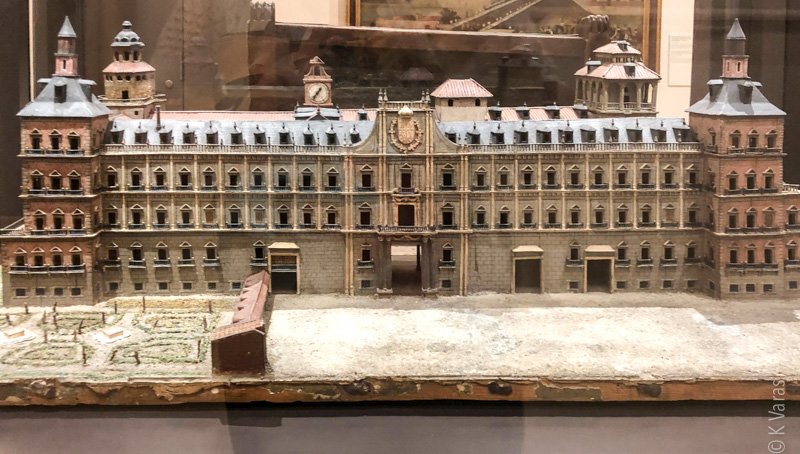
Museo de Historia de Madrid
Picking a neighbourhood to stay in in a new city is always tricky … you want to be close to transportation, good restaurants, parks … and, of course, places of culture. I did a very good job choosing my location this time and with time running out, I had to make sure I took advantage of the proximity to the lovely Museo de Historia de Madrid, literally a block and a half away from the apartment. Museo de Historia de Madrid is located in what used to be an old orphanage, though, I have to admit, I had not expected for something quite so delightful on the outside to have been something probably quite depressing on the inside. Of course, my image of orphanages is based solely on books, movies, and television but I don’t think my thinking is too way off when I say their interiors were far from being places of much joy. This may also explain why the inside of the museum is very modern (i.e. clearly totally gutted and rebuilt) while the outside has a wonderfully playful pink Baroque façade.
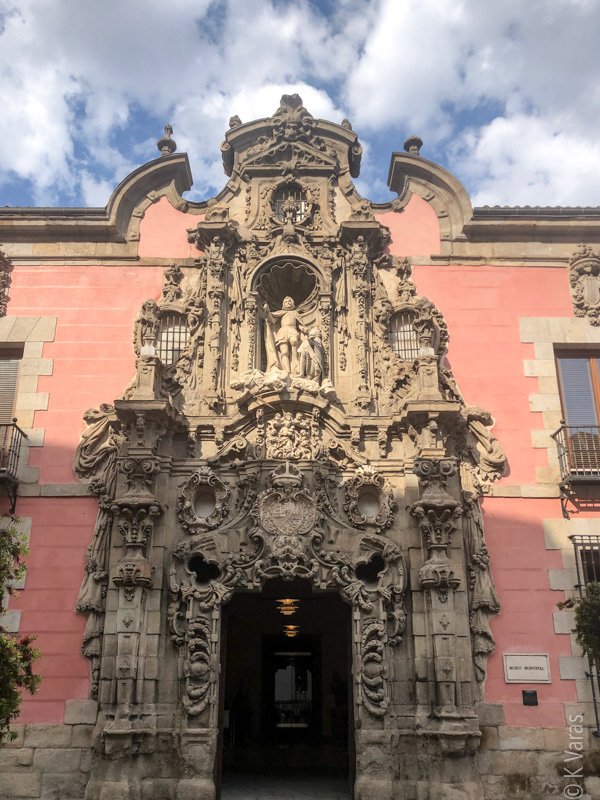
Having made a new friend in Lisa, we decided to try and spend as much time together as her teaching schedule allowed in my last few days in Madrid — clearly we were enjoying each other’s company. We met up by the metro station where I waited for her for a few minutes feeling very much like a true Madrileña … people here wait for each other outside metro stations and I had longed for being in that situation for quite some time. Now I was doing it almost every day!
While few of the museums in Madrid are free (unlike in València, where the opposite is true), we were pleasantly surprised that this one was, indeed, gratis. The first exhibit we saw was dedicated to the harrowing times, early in the pandemic, when Spain was heavily confined indoors, sparking a new genre–if I may call it that–of photographs showing the emptiness of streets, sidewalks, and parks in a city that is notorious for never sleeping. The images, submitted by residents, are haunting and full of sorrow, yet still manage to show the beauty of the human spirit and the ways people came together in times of adversity.

The rest of the museum is devoted to showcasing Madrid’s history through paintings, drawings, photographs, postcards, porcelains, fans, plans, coins, medals: a seemingly endless number of items commemorating the city’s past and its people. Through this rather intimate lens (many of the pieces seem to have belonged to regular people, not just the aristocracy), we get a sense of how Madrid has changed to ultimately become a modern metropolis, on par with other European capitals.
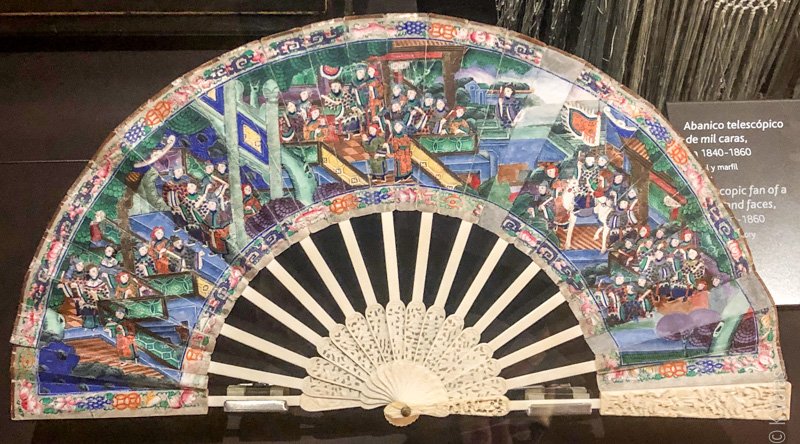
I really enjoyed this museum mainly because I could really feel the pride its curators have for their city, pride without seeming snobbish, though, to be fair, Madrileños are often accused of thinking themselves Spain’s belly button (i.e. centre of the universe), which may actually be true geographically and, perhaps, politically. Then again, I guess this isn’t much different in other places in the world. We do have Toronto and many of its residents thinking they’re the bee’s knees. I guess feeling superior is a global affliction 😉



